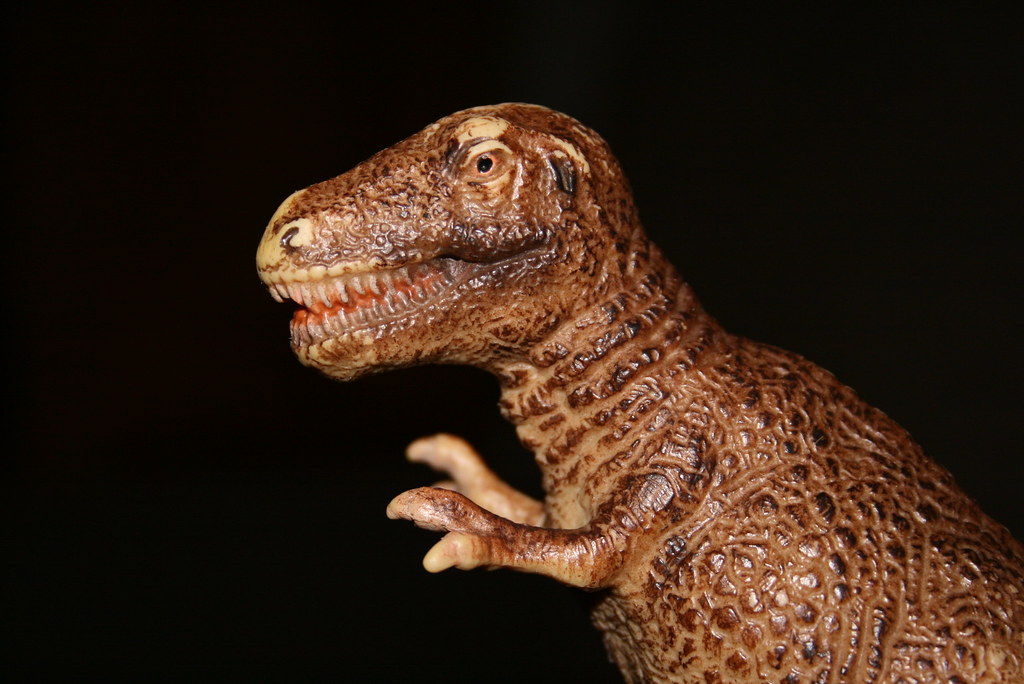Dinosaurs have stomped, roared, and clawed their way through the creative landscape of Japanese popular culture, becoming a fascinating fixture in anime and manga. These prehistoric creatures serve numerous narrative and artistic purposes, from fearsome adversaries to lovable companions, scientific curiosities to mythological beings. Japan’s unique cultural relationship with dinosaurs has produced distinctive interpretations that differ from Western portrayals, creating a rich tapestry of dinosaur-themed content that appeals to audiences of all ages. This article explores the various ways dinosaurs have been incorporated into anime and manga, examining their symbolic significance, narrative functions, and evolution throughout the history of these mediums.
The Historical Emergence of Dinosaurs in Japanese Media
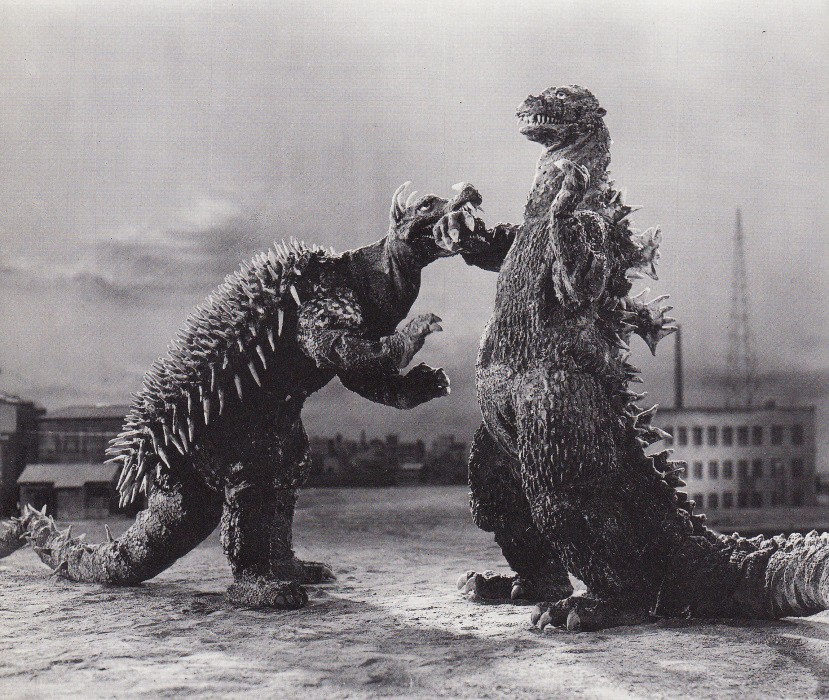
Dinosaurs first began appearing in Japanese manga and anime during the post-war period when scientific education became increasingly important in Japanese society. The 1954 publication of “Godzilla,” though not technically featuring dinosaurs, set a precedent for prehistoric reptilian creatures in Japanese entertainment. By the 1970s, educational manga featuring dinosaurs had become popular, with titles like “Daiei no Kyōryū” (Great Dinosaurs) introducing Japanese children to paleontology through engaging visuals. This period coincided with the “Dinosaur Renaissance” in scientific circles, when discoveries were changing public perception of dinosaurs from slow, lumbering beasts to active, dynamic creatures. These scientific developments provided fresh inspiration for manga artists and anime directors, who began incorporating more diverse and scientifically informed dinosaur depictions into their works.
Scientific Accuracy Versus Creative Liberty

The portrayal of dinosaurs in anime and manga exists on a spectrum from meticulously researched scientific accuracy to wildly imaginative fantasy. Series like “Dinosaur King” (Kodai Ōja Kyōryū King) make efforts to depict anatomically correct dinosaurs while still adding fictional elements like special powers for entertainment purposes. At the other end of the spectrum, works like “Dinosaur Getters” reimagine dinosaurs with mechanical components or supernatural abilities that bear little resemblance to their historical counterparts. This creative tension reflects broader themes in Japanese pop culture, where scientific concepts often serve as springboards for fantastical storytelling. Notably, even in works that take significant creative liberties, artists frequently reference current paleontological knowledge in their basic designs, creating hybrid representations that balance educational value with entertainment appeal. The freedom to reinterpret dinosaurs through a creative lens has allowed Japanese creators to develop unique visual aesthetics around these prehistoric creatures.
Dinosaurs as Vehicles for Adventure and Discovery

Dinosaurs frequently serve as catalysts for adventure in anime and manga, providing protagonists with opportunities for exploration and discovery. In series like “One Piece,” which features prehistoric islands where dinosaurs still roam, these creatures establish exotic settings that challenge characters and expand the narrative world. “Detective Conan” has featured mystery arcs involving dinosaur fossils and paleontological discoveries that drive the plot forward. The inherent mystery surrounding extinction events and prehistoric life makes dinosaurs perfect vehicles for storylines centered on uncovering secrets or solving scientific puzzles. This narrative function connects to Japan’s post-war emphasis on scientific advancement and exploration, with dinosaurs representing the thrill of uncovering knowledge about our world’s past. Adventure-focused dinosaur narratives often incorporate educational elements, teaching viewers about paleontology while entertaining them with exciting scenarios.
Dinosaurs as Companions and Partners

A distinctive trend in Japanese dinosaur portrayals is the depiction of these prehistoric creatures as companions or partners to human characters. Series like “Dinosaur King” and “Jura Tripper” feature central relationships between children and dinosaur companions, creating bonds that emphasize themes of friendship, loyalty, and mutual growth. These partnerships often subvert typical monster narratives by portraying traditionally fearsome creatures as protective, emotionally intelligent beings capable of deep connections with humans. The dinosaur-as-companion trope reflects broader themes in Japanese popular culture that explore relationships between humans and non-human entities, from spirits to robots to animals. In many cases, these dinosaur companions serve as metaphors for childhood imagination and the developmental importance of forming emotional bonds. The visual contrast between small human children and large dinosaur protectors creates powerful imagery that resonates with themes of finding strength through unexpected friendships.
Anthropomorphized Dinosaurs as Character Archetypes

Many anime and manga creators have taken the approach of anthropomorphizing dinosaurs, giving them human-like characteristics, speech, and complex personalities. Gon,” a manga series featuring a silent but expressive small dinosaur navigating the natural world, uses its protagonist’s dinosaur nature primarily as a visual motif while giving him recognizably human emotions and motivations. “Dinosaur Biyori” goes further by depicting dinosaurs living ordinary human lives in contemporary settings, creating humor through the juxtaposition of prehistoric creatures engaging in modern activities. These anthropomorphized dinosaurs often serve as outsider characters who provide fresh perspectives on human society and behavior. By placing dinosaur characters in human contexts, creators explore themes of adaptation, belonging, and the persistence of instincts in civilized settings. The versatility of anthropomorphized dinosaurs allows them to function as everything from comic relief to profound philosophical commentators within their narrative worlds.
Dinosaurs in Mecha and Science Fiction Contexts

Japan’s distinctive mecha genre has produced fascinating fusions of dinosaurs and robotics, creating unique science fiction narratives. “Zoids,” with its animal-shaped mechanical combat units that include numerous dinosaur designs, exemplifies this trend by combining prehistoric biological forms with futuristic technology. “Dinozaurs” similarly features mechanical dinosaurs piloted by humans in battles against alien forces. These mechanical dinosaur interpretations tap into both the inherent power associated with prehistoric apex predators and Japan’s cultural affinity for technological innovation. The juxtaposition of ancient creatures with cutting-edge technology creates a compelling visual and thematic tension that appeals to audiences. In these narratives, dinosaurs often represent raw, primal power that must be harnessed through human ingenuity and technology, reflecting broader cultural dialogues about the relationship between nature and technological advancement. This subgenre has been particularly influential in toy design and merchandising, where transforming dinosaur robots have become enduring favorites.
Dinosaurs as Symbols of Extinction and Environmental Themes

Many thoughtful anime and manga use dinosaurs as powerful symbols to explore themes of extinction, environmental destruction, and humanity’s relationship with nature. “Blue Gender” and segments of “Doraemon” have employed dinosaurs to illustrate cautionary tales about extinction events and environmental stewardship. The well-known fate of dinosaurs provides a ready-made narrative framework for exploring contemporary environmental concerns through historical parallels. These stories often position humans as potentially following the dinosaurs’ path toward extinction unless they change their relationship with the natural world. In more complex narratives, dinosaurs serve as reminders of nature’s resilience and adaptability, with some stories suggesting that modern birds represent dinosaurs’ successful evolutionary adaptation rather than their complete extinction. Environmental dinosaur narratives frequently incorporate accurate paleontological information about extinction events to strengthen their thematic resonance and educational value. This symbolic use of dinosaurs connects to Japan’s post-war engagement with environmental issues following periods of rapid industrialization.
Dinosaurs in Comedy and Parody
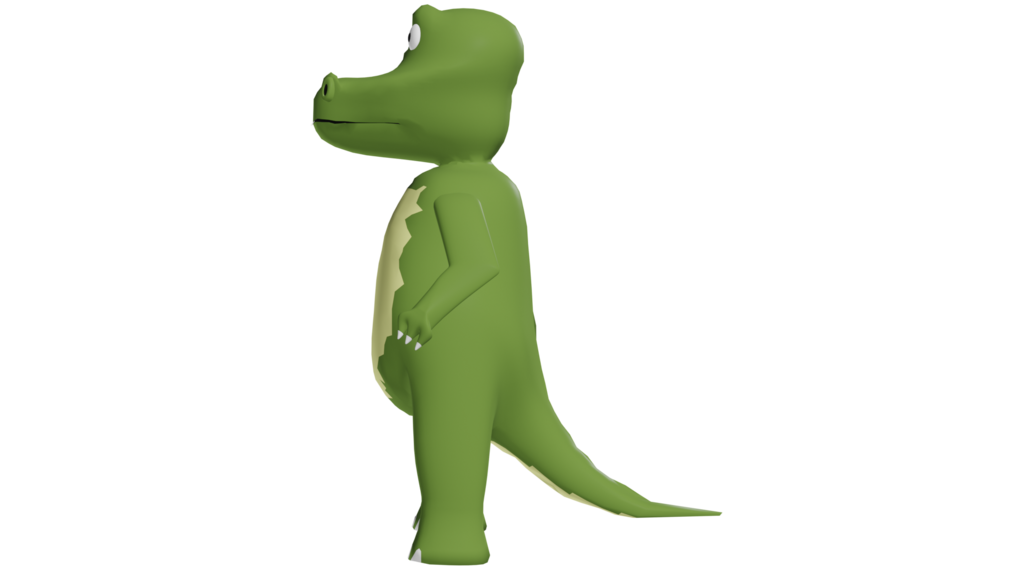
The inherent visual incongruity of dinosaurs in modern settings has made them frequent subjects of comedy and parody in anime and manga. “Gaikotsu Shotenin Honda-san” features a dinosaur-skeleton character working in a bookstore, mining humor from the absurdity of prehistoric creatures dealing with mundane contemporary situations. Short-form gag manga frequently use dinosaurs as unexpected punchlines or to create surreal situations that subvert audience expectations. The physical characteristics of dinosaurs—their distinctive shapes, sizes, and features—provide rich material for visual humor and exaggerated reactions. Comedy dinosaur content often plays with anachronism, deliberately misrepresenting historical facts about dinosaurs for humorous effect while sometimes simultaneously acknowledging these inaccuracies through fourth-wall breaks. These comedic takes on dinosaurs demonstrate the versatility of prehistoric creatures as visual motifs that can be adapted to virtually any genre or tone, from sophisticated satire to slapstick physical comedy.
Dinosaurs in Fantasy and Mythological Frameworks

Some of the most creative dinosaur interpretations in anime and manga place these creatures within fantasy or mythological contexts rather than scientific ones. Series like “Dragon Ball” have drawn visual inspiration from dinosaurs for their dragon and monster designs, blurring the line between prehistoric reality and fantasy. “Monster Hunter Stories: Ride On,” based on the popular game franchise, reimagines dinosaur-like creatures as part of a fantasy ecosystem where they function as both threats and potential mounts for human riders. These fantasy interpretations often incorporate elements from traditional Japanese folklore, creating hybrid creatures that combine dinosaur characteristics with those of yokai or other mythical beings. By placing dinosaurs in magical contexts, creators free themselves from scientific constraints while still benefiting from the cultural familiarity and visual appeal of dinosaur forms. These fantasy dinosaurs frequently possess magical abilities, elemental affinities, or spiritual significance that connect them to the supernatural worlds they inhabit.
Notable Dinosaur Protagonists in Japanese Media
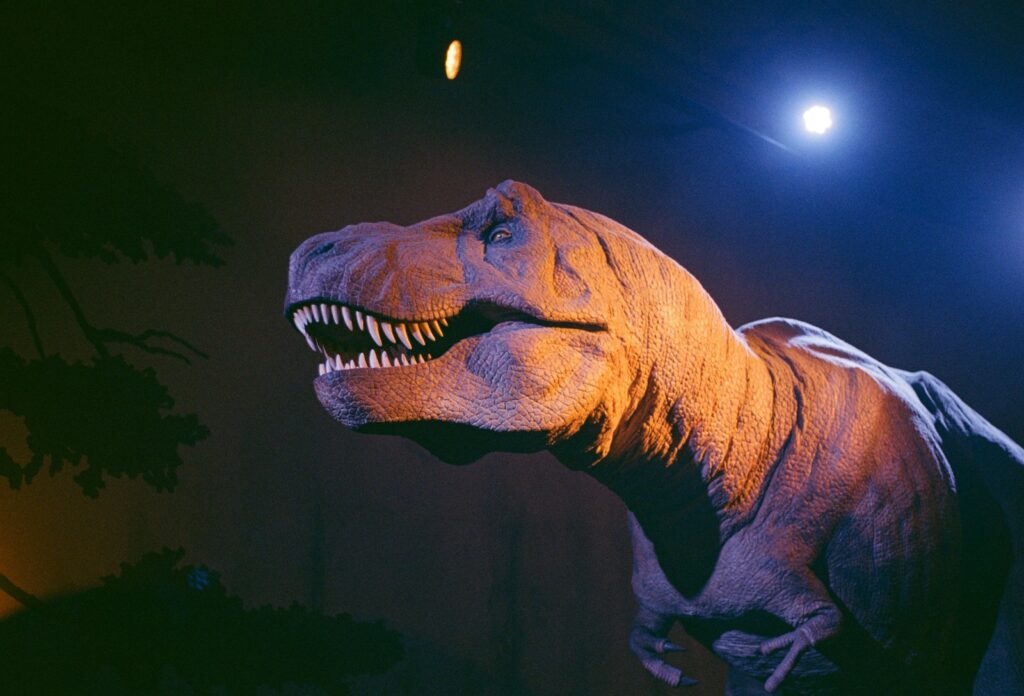
Several iconic dinosaur characters have taken center stage as protagonists in anime and manga, developing devoted fan followings. Gon, the silent dinosaur protagonist of Masashi Tanaka’s award-winning manga series, has become emblematic of expressive visual storytelling that requires no dialogue to convey complex emotions and narrative developments. Gaoo from “Kyoryu Sentai Zyuranger” (adapted in the West as part of “Power Rangers”) established the template for friendly dinosaur companions in tokusatsu programming that influenced subsequent anime adaptations. Chomp, the Triceratops partner from “Dinosaur King,” demonstrated how dinosaur protagonists could carry complex character arcs involving growth and development despite their non-human nature. These protagonist dinosaurs are typically designed with highly expressive features that allow them to communicate effectively with audiences despite their prehistoric origins. The popularity of these characters demonstrates how dinosaurs can transcend their roles as monsters or background elements to become fully realized characters with whom audiences form emotional connections.
Dinosaurs in Educational Anime and Manga

Educational dinosaur content forms a substantial sub-category within Japanese media, with numerous titles dedicated to teaching children about paleontology through entertaining stories. “Mirai Shounen Conan Future Boy Conan” incorporated scientifically accurate dinosaur information into its post-apocalyptic adventure narrative, making learning an organic part of the storytelling. The “Dinosaur Expedition Team” manga series combines adventure scenarios with detailed information about different dinosaur species, their habitats, and the scientific methods used to study them. These educational works often feature child protagonists encountering dinosaurs through time travel, museum exhibits that come to life, or other fantastical frameworks that make scientific information accessible and exciting. Notably, many educational dinosaur manga employ detailed, anatomically correct illustrations that reflect current scientific understanding while still maintaining an appealing cartoon aesthetic. These works frequently collaborate with paleontologists or museums to ensure accuracy while developing entertaining storylines that will capture young readers’ attention.
The Evolution of Dinosaur Designs in Anime Art
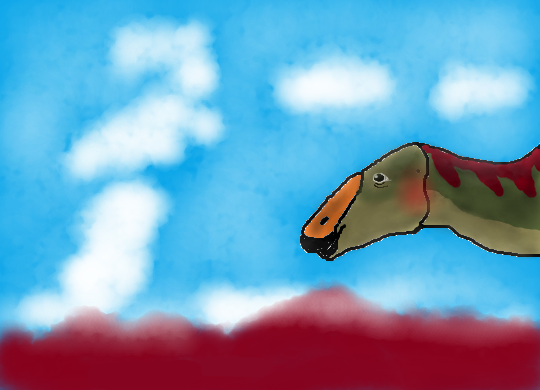
The visual representation of dinosaurs in anime and manga has evolved significantly over decades, reflecting both changing scientific understanding and shifting artistic trends. Early manga dinosaurs from the 1950s and 1960s typically depicted them as upright, tail-dragging creatures by the scientific consensus of that era. The 1980s saw a significant shift toward more dynamic, active dinosaur designs following the “Dinosaur Renaissance” in paleontology that reimagined them as agile, warm-blooded animals. Contemporary anime dinosaurs often incorporate current scientific evidence regarding feathers, coloration possibilities, and posture, though artists frequently make selective choices based on aesthetic considerations. Character designers for dinosaur-focused series develop distinctive visual shorthand to make prehistoric creatures emotionally relatable, often enlarging eyes, exaggerating expressive features, or adding color patterns that would be unlikely in reality. The tension between scientific accuracy and artistic license creates a fascinating visual evolution that can be traced through different eras of anime and manga. Digital animation techniques have further transformed dinosaur depictions, allowing for more complex movement patterns and textural details than were possible in traditional animation.
The Cultural Impact of Dinosaur Anime and Manga

Dinosaur-themed anime and manga have significantly influenced Japanese popular culture, inspiring everything from theme park attractions to extensive merchandise lines. The “Dinosaur King” franchise expanded from its anime origins to include trading card games, video games, and toy lines that became international successes. Dinosaur-themed attractions at Japanese museums often incorporate anime aesthetics to engage younger visitors, creating a reciprocal relationship between educational institutions and entertainment media. The popularity of dinosaur characters has made them frequent subjects for collaborations and crossovers, appearing in advertising campaigns and public service announcements targeting children. Several Japanese prefectures with significant paleontological sites have embraced anime dinosaur mascots as regional symbols to promote tourism and science education. The enduring appeal of dinosaur content has created multigenerational fandoms, with parents who grew up with classic dinosaur manga now sharing new iterations with their children. This cultural footprint demonstrates how dinosaur-themed media serves as a bridge between entertainment and education in Japanese society.
Conclusion

Dinosaurs in anime and manga represent a fascinating convergence of scientific inspiration, creative storytelling, and cultural interpretation. From scientifically accurate educational content to wildly imaginative fantasy series, Japanese creators have embraced these prehistoric creatures as versatile symbols and characters. The diversity of dinosaur representations—as companions, adversaries, comedy elements, or environmental metaphors—showcases the remarkable flexibility of these ancient beings as storytelling devices. As paleontological knowledge continues to evolve and Japanese popular culture develops new aesthetic and narrative approaches, dinosaurs will undoubtedly continue to stomp through the pages of manga and across anime screens, captivating new generations with their prehistoric power and endless creative potential.

